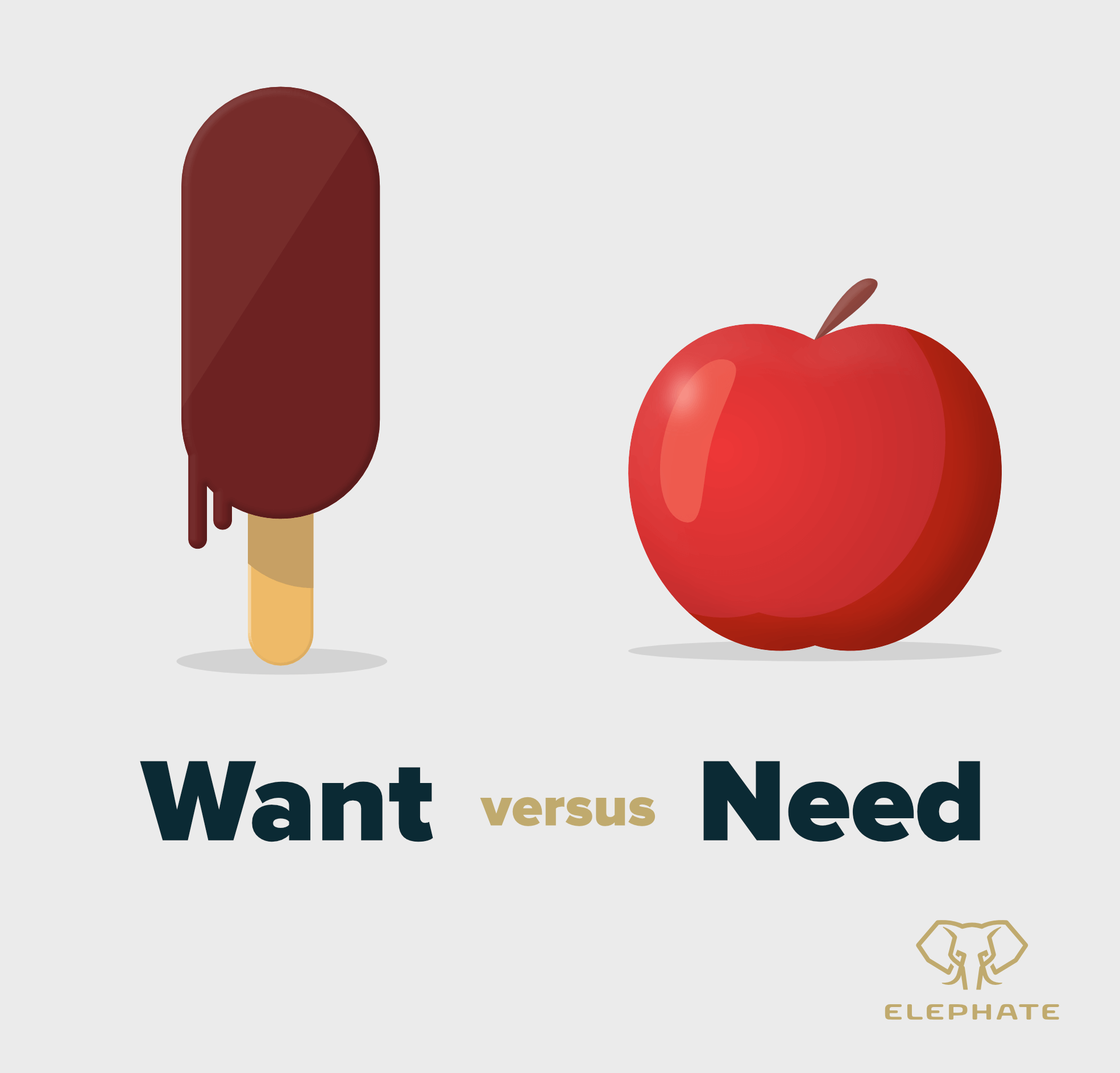How to find the right target audience for content marketing
When it comes to marketing strategies, trying to please everybody means you will end up pleasing nobody. You want to sell your product or service to as many people as you can but it’s not possible to try to create a marketing campaign for everyone. What does that mean for you?
It means you have to be realistic and understand who your audience is. Who is already buying your product/service and why they are spending their money on it? One way to find out more is through competition research. A tool such as SEMrush is where you will want to start because understanding your competitor’s strengths and weaknesses will ultimately help you with your own.
Knowing your “who” and “why” should then help you discover your “how” – as in – how do you keep them coming back and how do you find more people like them? If you have really analyzed your “what” – your good or service – you have your full picture.

What is a target audience?
A target audience is a set of consumers within a specific market chosen as recipients for an advertisement or message. Basically, knowing who your people are so you can reach them.
Most businesses get started because they saw a niche that needed to be filled or by having a product or service they felt could be delivered better. Those businesses tend to start with a pretty good idea of who their customers will be.
You want to gather as much information on demographics, interests, behaviors, etc. of your audience as possible. The more you have the better and this will also come in handy further down.
How do you find your target audience?
Now that you have a target in mind, how do you find them? There are plenty of tools, some of them free, that you can use to find your audience depending on the platforms you use.
The first place to go is Google Analytics, because no matter what, Google is going to be a part of your business life. Google can be your best friend or your worst enemy, so using this as a starting point is smart.
In a nutshell, GA is a free web tool that gives you information about visitors to your website, such as where they came from, how long they stayed on the page, etc. All you have to do is register and put the appropriate code on your site and the program does the rest.
There are other tools available such as Facebook audience insights. If you have a business account and run ads on Facebook, there is a host of information to be found within this tool.
A good thing about the ad manager is that it allows you to set pretty specific targets and the audience insights tool helps you narrow down your target audience to manageable levels. After all, there are over 2 billion people using Facebook and you want to make sure your money is being spent wisely.
Just about every social media platform has a similar service, so depending on where you are and where you do your advertising, make sure to utilize the tools available to you. It may take a few minutes to set up or learn how to use but it is definitely worth the time and effort.
Why is it important to know who your target audience is?
The next step is to create a ‘customer’ profile based on the information that you have gathered. Identifying your target audience will have help you to develop appropriate strategies for communicating to them.
So, who could they be? Maybe on the young side, 22-40. College educated. Professional. Disposable income. Single or recently married. Active. Involved. City-minded.
Understanding the needs and wants of that target audience will help you tailor your message. And the more you get to know them, the better you can gear your content toward them. The better focused you can be with your message, your look, and your marketing efforts.
How does knowing your audience help you create better content?
You create better content when you are addressing the wants and needs of your audience. You will need to do some research and analysis of your current customer base to understand what those wants and needs are. Naturally, some will be obvious depending on your product or service.

To get more detailed information you often have to ask for it, though. This can be through focus groups, interviews, or online polling. Once you have that first-hand information, you can use a trove of secondary information from sources such as government reports from the U.S. Census Bureau or commercial reports from research agencies like Forrester to help fill out your ideas for content.
The more you know what your audience want the better your content will be. Do all that often enough in a fun, informative, and well-written manner and you are a resource, an authority. People will not only pick up and read what you post but they will remember you. Just make sure you stay true to your brand and storytelling.
What is a buyer persona?
The next thing is to segment your audience. How do you do that? By creating buyer personas.
A target audience is a summary of the data that you have available and a buyer persona is a specific manifestation of that data – an ideal customer – and there is usually more than one.
For example:
Persona Name: Robert Reader
Background: Auditing clerk, married, no kids
Demographics: male, 31, $40,000
Goals: To start his own business
Outside interests: Plays pick up basketball every week. Goes on a long hiking trip at least once a month.
This is just the beginning of the information you can (should) compile. Once again, there are tools available online to help you with this, such as through Hootsuite, which offers a free template.
The main reason to do this is so you think of them as a real person and not just data points. This allows you to better craft messages to them. Your language will be more concrete. Your goals will be more specific.
How do you reach your audience with your content?
You’ve done your research, answered the questions, and have an audience in mind. You have a terrific product or service that fills a need or solves a problem. Whether it is B2B or B2C, the next step is getting the content out into the wild.
Now you have to find out where your people are, “because that’s where the money is” to give the quote attributed to infamous bank robber “Slick” Willie Sutton.

Contrary to popular belief, you do not need to be on every social network. Instead, you need to invest (time, money) in the platforms where your customers are most likely to be. How do you know where that is? You find out the demographics of each platform and compare that to where your target customer is most likely to be.
Once you are armed with that information, you can learn the type of content most likely to succeed on each platform so you will know not just where to be but how to be there. A blog post? A video? A graphic? It is even possible to tailor the same content to better fit with each platform since it’s unlikely all of your audience will be in the same place.
It’s not just about being out there because that’s not enough. It’s about being visible and relevant and helpful.
Summing Up
When it comes to content marketing taking the, “throw it against the wall and see what sticks” approach rarely – if ever – works. You need to know who your audience is, where your audience is, what they want to see, and how they want to see it. Put all that together and you will find the right mix for your business.